Home>Home Appliances>Home Automation Appliances>How To Stop Google Home From Talking Back


Home Automation Appliances
How To Stop Google Home From Talking Back
Published: December 23, 2023
Learn how to prevent Google Home from responding to your commands and talking back. Take control of your home automation appliances with these simple tips.
(Many of the links in this article redirect to a specific reviewed product. Your purchase of these products through affiliate links helps to generate commission for Storables.com, at no extra cost. Learn more)
Introduction
Google Home has revolutionized the way we interact with our living spaces. With its seamless integration into our daily routines, it has become an indispensable part of many households. However, there are times when you might want to limit or even completely stop Google Home's voice feedback. Whether you're looking to reduce interruptions during a quiet evening or seeking a more discreet interaction, understanding how to manage Google Home's voice feedback is crucial.
In this guide, we will delve into the various methods to control and customize Google Home's voice feedback. From adjusting the volume of its responses to disabling voice feedback entirely, we'll explore the steps you can take to tailor your Google Home experience to your preferences. So, let's embark on this journey to unlock the full potential of your Google Home device while maintaining a peaceful and harmonious living environment.
Key Takeaways:
- Customize Google Home’s voice feedback to suit your preferences, from adjusting volume and speed to creating tailored routines. Enjoy a personalized and harmonious living space that integrates seamlessly with your lifestyle.
- Whether you want a quieter environment or a more discreet interaction, Google Home offers options to disable voice feedback completely. Tailor your experience to align with your unique preferences and situational needs.
Read more: How To Talk Through Google Home
Understanding Google Home’s Voice Feedback
Google Home’s voice feedback encompasses the responses and interactions that the device provides in the form of spoken feedback. When you issue a command or ask a question, Google Home acknowledges and responds to you audibly. This feature is designed to facilitate seamless communication and enhance user experience. However, there are instances when you may find the voice feedback to be intrusive or unnecessary, prompting the need to customize its behavior.
It’s important to note that Google Home’s voice feedback plays a pivotal role in conveying information, confirming actions, and providing real-time responses to your queries. Whether it’s announcing the weather forecast, confirming a command, or responding to your inquiries, the voice feedback serves as a fundamental aspect of the device’s functionality.
While the voice feedback is integral to the interactive nature of Google Home, there are times when you may prefer to minimize or eliminate its audible responses. This could be due to personal preferences, the need for a quieter environment, or specific situational requirements. Understanding the nuances of Google Home’s voice feedback is essential for effectively managing its behavior to align with your unique preferences and lifestyle.
By gaining insight into the intricacies of Google Home’s voice feedback, you can make informed decisions about customizing its settings to suit your individual needs. Whether you wish to adjust the volume of the responses, implement specific routines to control its behavior, or disable voice feedback altogether, a comprehensive understanding of this feature is the first step toward tailoring your Google Home experience.
Adjusting Google Home’s Voice Feedback Settings
Customizing Google Home’s voice feedback settings allows you to fine-tune its responses to align with your preferences. Whether you want to lower the volume of its voice, change the accent, or adjust the speed of speech, Google Home offers a range of options to tailor the voice feedback to your liking.
To adjust the voice feedback settings on your Google Home device, follow these simple steps:
- Open the Google Home app on your smartphone or tablet.
- Select the Google Home device you want to customize.
- Tap on “Settings” and navigate to “Voice and speech.”
- Here, you can modify various voice feedback settings, such as volume, speed, and accent.
Once you access the voice feedback settings, you can experiment with different configurations to find the optimal setup that suits your preferences. For instance, if you find the voice feedback too loud, you can lower the volume to create a more subdued ambiance. Similarly, adjusting the speech speed can enhance the clarity and comprehension of the responses, catering to your preferred pace of communication.
By customizing these settings, you can strike a harmonious balance between the interactive nature of Google Home and your desire for a more personalized and tailored experience. Whether you prefer a softer voice, a specific accent, or a slower speech rate, the ability to adjust these parameters empowers you to create a Google Home environment that resonates with your individual preferences.
Furthermore, exploring the voice feedback settings allows you to experiment with different configurations, enabling you to fine-tune the device’s responses to suit various scenarios and moods. Whether it’s a tranquil evening at home or a bustling gathering, having the flexibility to adapt Google Home’s voice feedback settings ensures a seamless and enjoyable user experience.
By taking advantage of the customizable voice feedback settings, you can transform your interactions with Google Home into a tailored and personalized experience that seamlessly integrates with your lifestyle and preferences.
To stop Google Home from talking back, you can use the physical mute button on the device or say “Hey Google, mute the microphone” to temporarily stop it from responding to your commands.
Using Routines to Control Google Home’s Responses
Google Home’s routines offer a powerful way to control and customize the device’s responses based on specific triggers, schedules, or user-defined commands. By leveraging routines, you can orchestrate a series of actions and responses from your Google Home device, allowing you to curate a personalized and tailored experience.
To create and manage routines that influence Google Home’s responses, follow these steps:
- Open the Google Home app on your mobile device.
- Tap “Routines” from the app’s menu.
- Select “Manage routines” to view and edit existing routines or create new ones.
- Choose “Add a routine” to create a new routine.
- Define the trigger, actions, and responses for the routine, specifying how you want Google Home to behave based on the specified conditions.
Once you’ve set up the routine, you can tailor the responses of your Google Home device to align with your desired interactions. For instance, you can create a routine that activates a “Quiet Mode” during specific hours, prompting Google Home to respond with minimal voice feedback to maintain a serene environment. Alternatively, you can design routines that customize the device’s responses based on your unique preferences and daily routines.
By harnessing the power of routines, you can exercise precise control over Google Home’s responses, ensuring that the device seamlessly integrates into your lifestyle and complements your daily activities. Whether it’s managing the volume of voice feedback during specific times of the day or orchestrating tailored responses for different scenarios, routines empower you to curate a personalized and harmonious interaction with your Google Home device.
Furthermore, the flexibility offered by routines allows you to adapt Google Home’s responses to various situations, ensuring that the device’s voice feedback aligns with your specific needs and preferences. Whether you seek a more discreet interaction or a dynamic response tailored to your daily routines, leveraging routines enables you to wield precise control over the way Google Home communicates with you.
By incorporating routines into your Google Home experience, you can transform the device’s voice feedback into a seamlessly integrated and customizable component that enhances your daily interactions and fosters a harmonious living environment.
Disabling Google Home’s Voice Feedback Completely
While Google Home’s voice feedback is designed to enhance user experience, there are circumstances where you may prefer to disable it entirely. Whether you’re seeking a silent interaction with the device or aiming to minimize auditory interruptions in your environment, disabling Google Home’s voice feedback can be a viable solution. By turning off voice feedback, you can tailor your Google Home experience to align with your specific preferences and situational requirements.
To disable Google Home’s voice feedback completely, follow these steps:
- Open the Google Home app on your smartphone or tablet.
- Select the Google Home device you want to customize.
- Tap on “Settings” and navigate to “Voice and speech.”
- Locate the option to disable voice feedback or mute the device’s responses.
- Toggle the corresponding setting to turn off voice feedback completely.
Once you’ve disabled voice feedback, Google Home will no longer provide audible responses to your commands or queries. This can be particularly useful in scenarios where you prefer a silent interaction with the device, such as during late-night hours or in environments where minimal noise is preferred.
It’s important to consider the implications of disabling voice feedback, as doing so may impact the interactive and communicative aspects of Google Home. While this setting can offer a quieter and more discreet interaction, it’s essential to assess whether the complete absence of voice feedback aligns with your desired user experience and the intended functionality of the device.
If you opt to disable voice feedback, it’s advisable to periodically review and re-evaluate this setting based on your evolving preferences and situational requirements. Whether it’s re-enabling voice feedback during specific times or adjusting the device’s behavior to accommodate changing needs, staying attuned to your preferences ensures a dynamic and tailored Google Home experience.
By disabling Google Home’s voice feedback completely, you can exercise precise control over the auditory interactions with the device, tailoring its behavior to suit your unique preferences and fostering a harmonious living environment that aligns with your desired ambiance and user experience.
Read more: How To Stop Google Home From Responding
Conclusion
Customizing and controlling Google Home’s voice feedback is a valuable aspect of enhancing your interaction with the device and creating a harmonious living environment. By understanding the nuances of Google Home’s voice feedback and exploring the various methods to manage it, you can curate a personalized and tailored experience that aligns with your preferences and situational requirements.
Whether it’s adjusting the volume and speech speed, leveraging routines to orchestrate tailored responses, or opting to disable voice feedback completely, the ability to customize Google Home’s voice feedback empowers you to create a living space that seamlessly integrates with your lifestyle and preferences.
As you embark on this journey to tailor your Google Home experience, it’s essential to strike a balance between the interactive nature of the device and your desire for a personalized and harmonious living environment. By embracing the flexibility and customization options offered by Google Home, you can transform your interactions with the device into a seamless and enjoyable experience that resonates with your unique preferences and daily routines.
Furthermore, staying attuned to your evolving preferences and situational requirements ensures that your Google Home experience remains dynamic and adaptable. Whether it’s fine-tuning the voice feedback settings to suit specific scenarios or re-evaluating the need to disable voice feedback, maintaining a proactive approach to customization allows you to optimize your interactions with Google Home.
In essence, the ability to customize Google Home’s voice feedback is a powerful tool that enables you to curate a living environment that reflects your individual preferences, fosters tranquility, and seamlessly integrates with your daily activities. By embracing the myriad customization options and leveraging them to align with your unique needs, you can unlock the full potential of your Google Home device while creating a personalized and harmonious living space.
As you navigate the realm of Google Home’s voice feedback customization, remember that the ultimate goal is to create an environment that enhances your daily interactions, fosters tranquility, and resonates with your unique preferences. With the right approach and a proactive mindset, you can transform your Google Home experience into a seamlessly integrated and personalized journey that enriches your daily life.
Frequently Asked Questions about How To Stop Google Home From Talking Back
Was this page helpful?
At Storables.com, we guarantee accurate and reliable information. Our content, validated by Expert Board Contributors, is crafted following stringent Editorial Policies. We're committed to providing you with well-researched, expert-backed insights for all your informational needs.
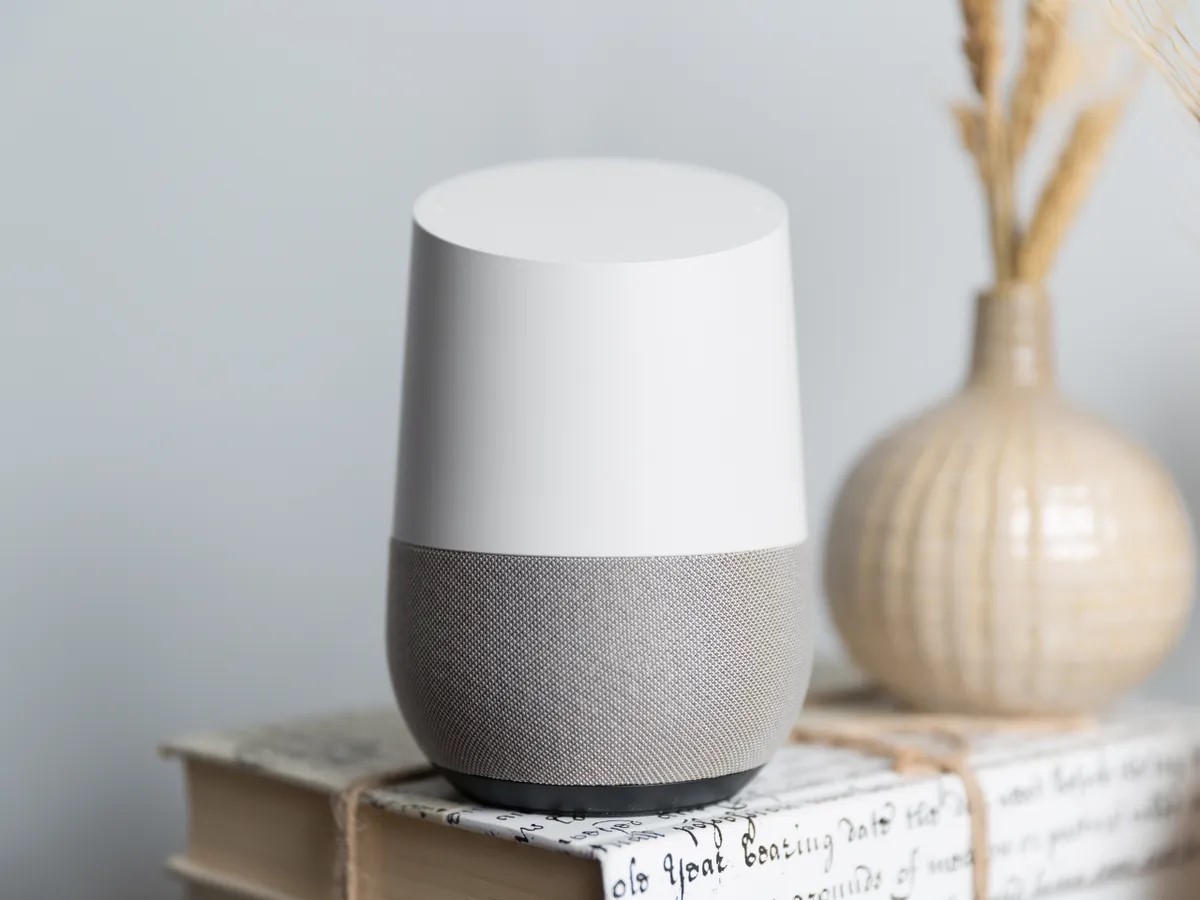
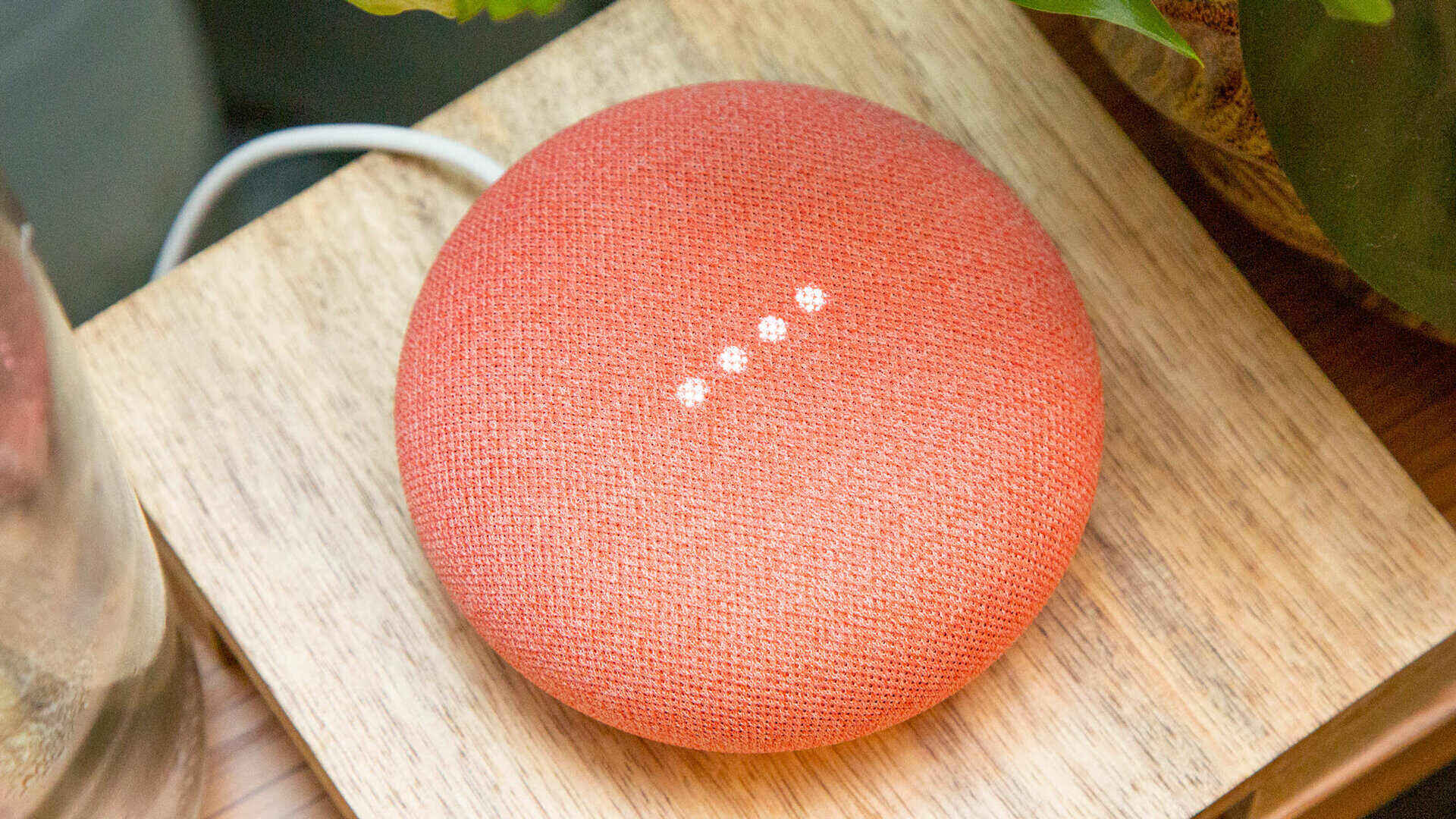


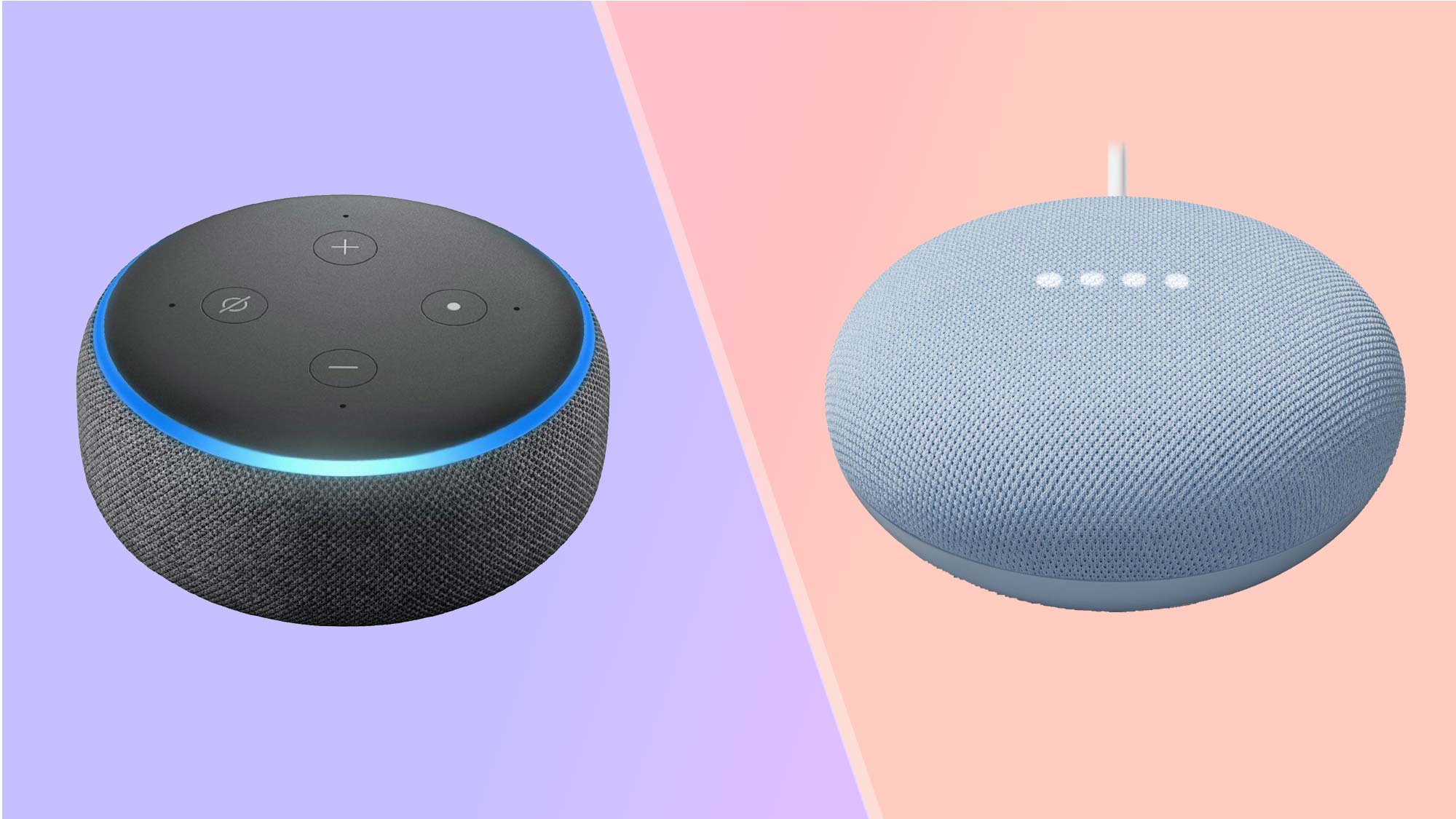
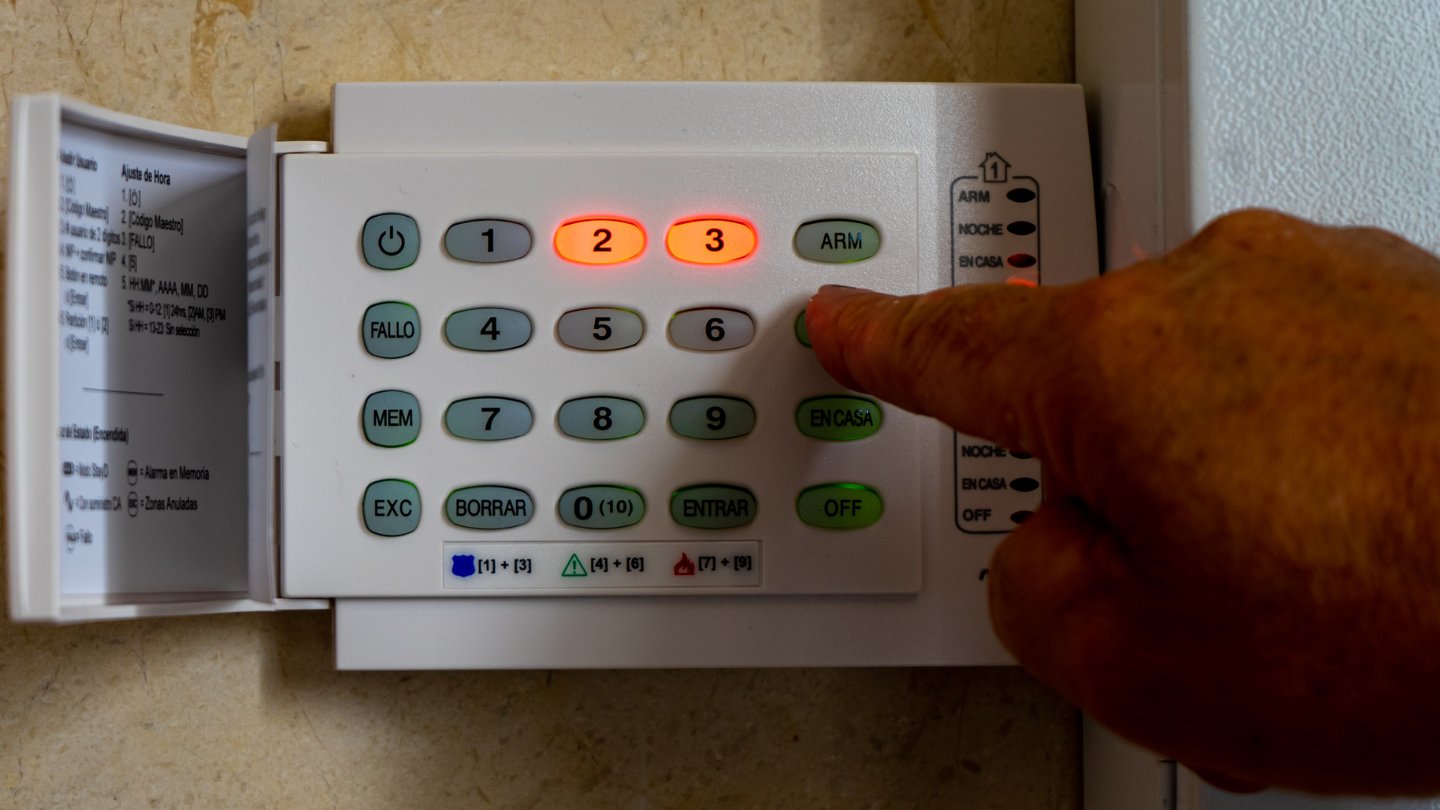

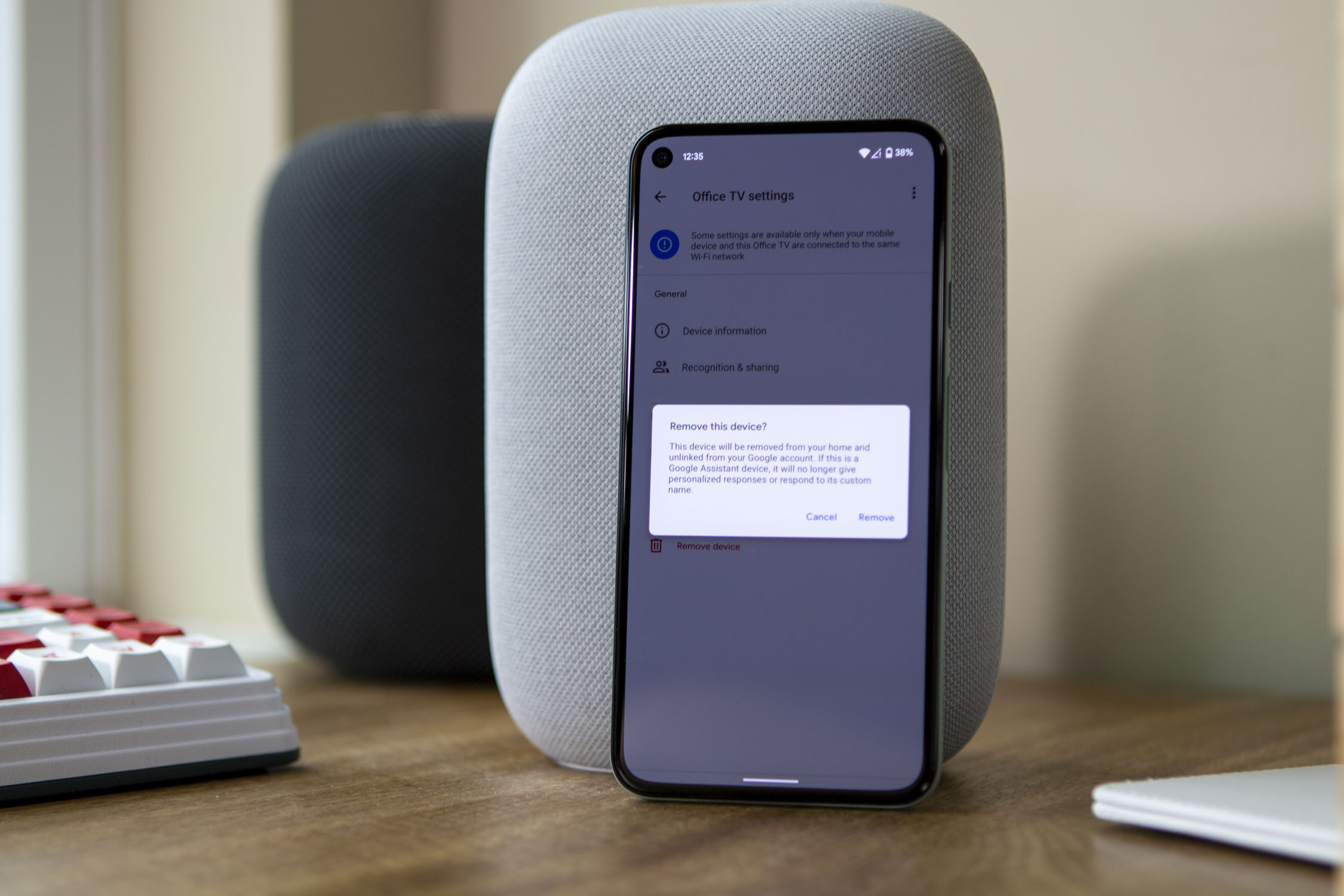
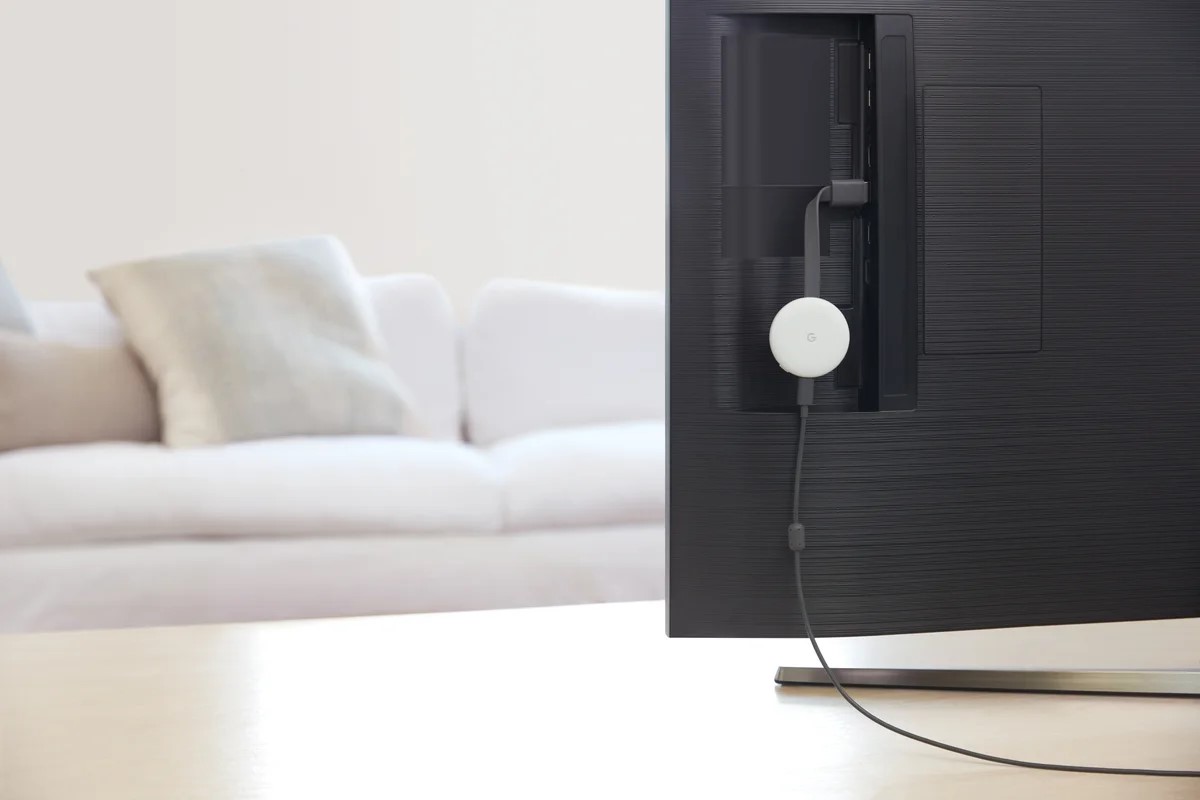
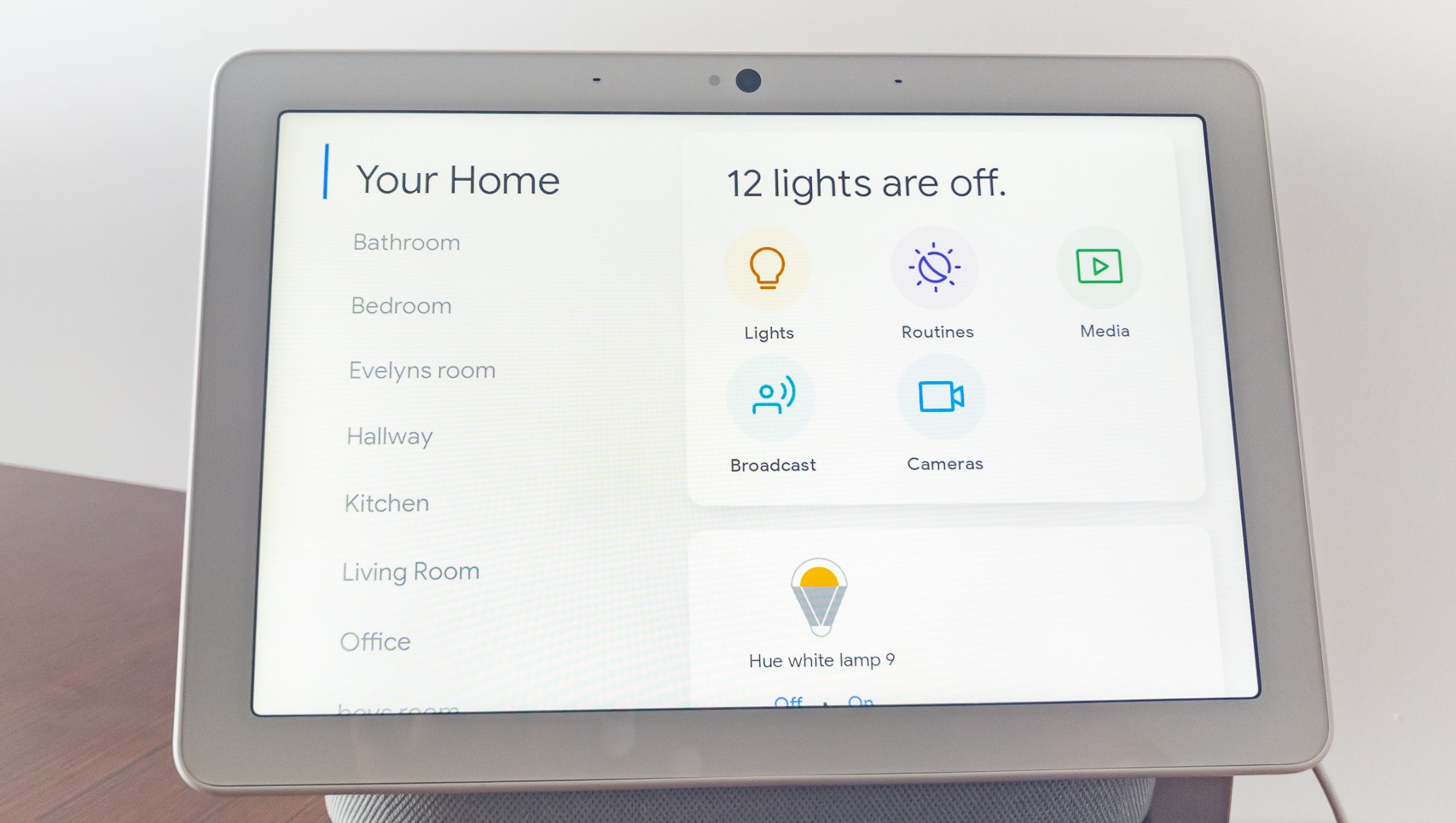

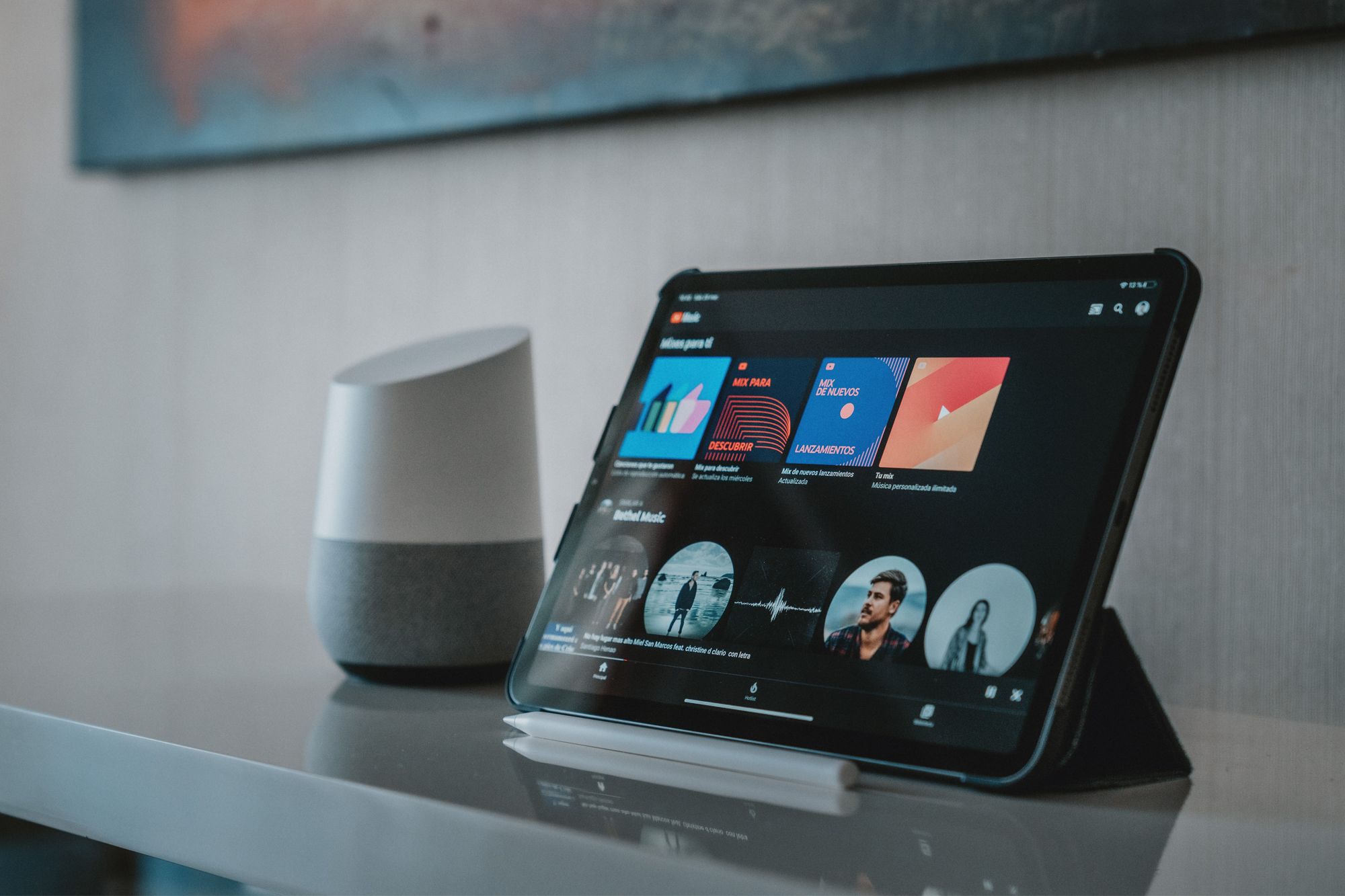
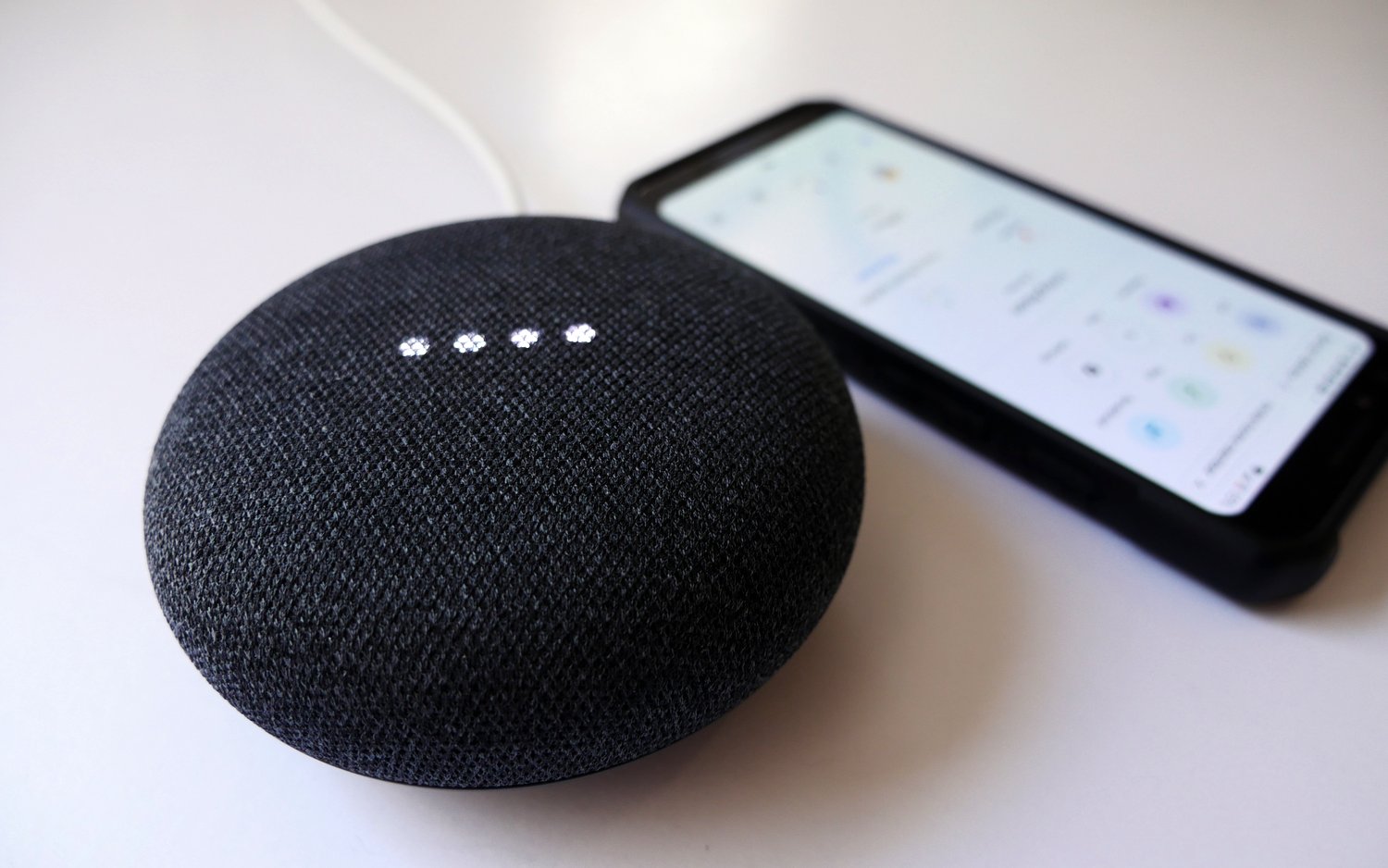


0 thoughts on “How To Stop Google Home From Talking Back”